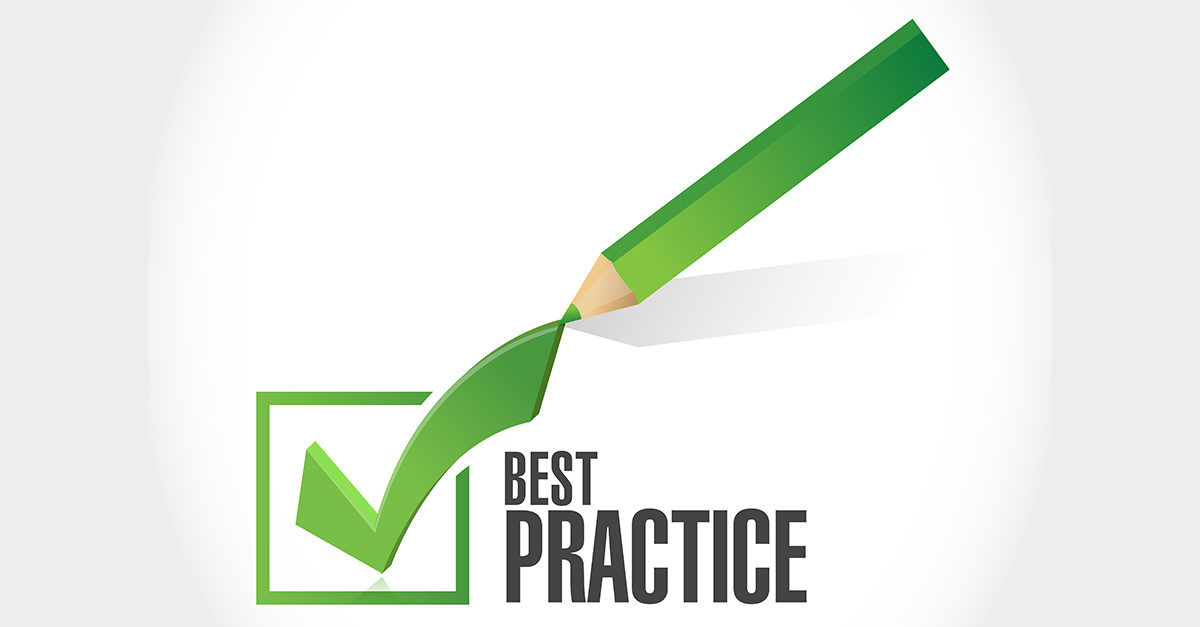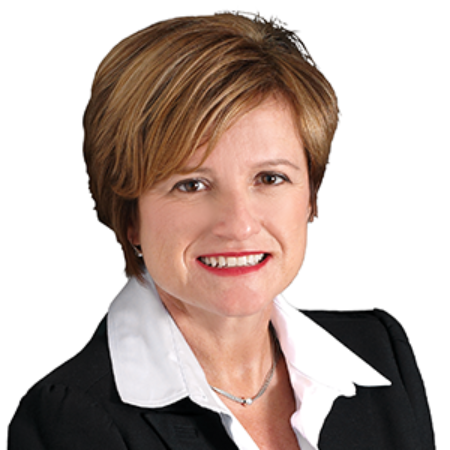Recently, I was excited to attend a cleaning innovation forum that drew facilities managers from a variety of industries—health care, education, transportation, and more—and included both in-house and outsourced cleaning operations. A third-party cleaning consultant who provides services to a broad range of clients, the opportunity to discuss the best practices implemented by the participants at my table was of particular interest to me.
While every facility poses its own unique cleaning challenges, these managers also faced many common issues. Each was on a continuous quest for technologies to improve cleaning efficiencies, safety, and public image and to maintain a high quality of service, all while facing stringent budget constraints.
The key to overcoming these common challenges is to implement best practices, the most important of which are the following five:
- Standardization: This key component for optimizing cleaning operations is too often overlooked by the industry. Things go out of whack and, without regular monitoring, products, equipment, and cleaning procedures are modified on an ad hoc basis. This leads to a disjointed cleaning operation in which it is difficult for cleaners to achieve standardized results. Review your operations regularly and standardize as much as possible to maintain quality across the board.
- Documentation: Lack of documentation when cleaning requirements change can lead to unequal distribution of cleaners’ workloads and poor efficiencies. When the usage of a room changes—e.g., from an office to a classroom or the flooring is replaced with a new material, the amount of time required to clean those areas changes. Fortunately, software programs can run this type of calculation at the click of a button, making it easy to distribute workload more effectively.
- Formal Inspections: You cannot improve what you do not measure. Ensuring quality means having mechanisms in place to track performance trends. A formal inspection process will spotlight which cleaners deserve positive feedback and which could benefit from additional training. You can also use a formal inspection process as a tool to demonstrate to clients that you are engaged in a proactive, rather than a reactive, service.
- Training: The key to successful training is making sure your trainers are well versed in the cleaning industry’s best practices. All too often we find trainers who are not up to speed with new, proven technologies and procedures who then pass on their outdated knowledge on to incoming cleaning personnel. This leads to a multitude of inefficiencies and diminishes productivity. If you haven’t done so already, develop a formal training program and update it as necessary. Then train your trainers on new best practices before they train your staff.
- Implement Industry Standards: Organizations such as ISSA provide a wealth of information for optimizing your cleaning operation. Tapping into these resources helps you quantify your operations. Its Cleaning Industry Management Standard (CIMS) is a great tool for measuring the areas where your operations need improvement. It is designed to provide a management framework for developing customer-centered organizations and is based on universally accepted management principles that are hallmarks of successful organizations.
In addition to these steps, meetings and conversations with other facilities managers may provide more information on how they have met the various challenges of this ever-changing industry. Learning about best practices that have improved performance will propel you forward. It is also vital to share your own best practices and help other organizations achieve their goals.




